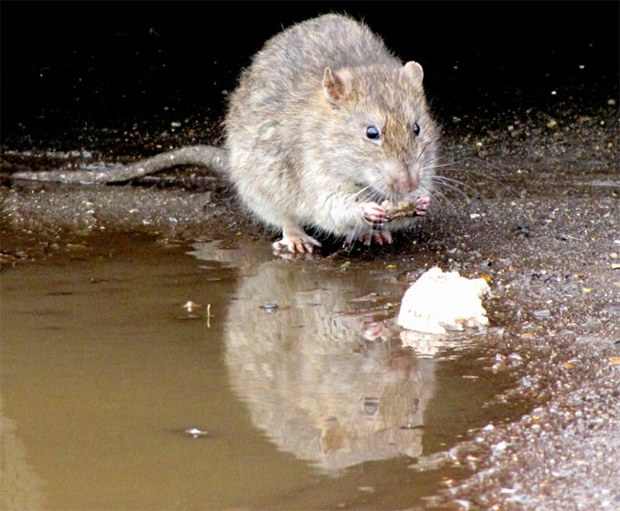|
Although battles themselves are nothing new, as
technology advances, humans come up with new (and totally horrific)
weapons that ultimately go on to cause people around the world so much
pain. Some of them are later deemed too inhumane for use in battle, but
it's unfortunate that so many lives have to be lost before such
distinctions are made.
|
|
Mustard Gas
This gas, which causes victims' lungs to fill with fluid and drown them
from the inside, was commonly used during World War I. It has since been
banned, but some still find ways to use it. |
|
 |
|
Nerve Gas
This horrible gas was used to interfere with the mechanism that
transfers signals from the nervous system to the organs. |
|

|
|
Pepper Spray
Although this is banned from warfare, police officers and civilians
continue to carry pepper spray for their own protection. |
|

|
|
Plastic Landmines
They're just as dangerous as metal ones, but they're infinitely harder
to find after wars end. |
|
 |
|
Bio Weapons
Banning these weapons is just plain common sense when you can't ensure
that they won't come back to hurt your own people.
|
|
 |
|
Napalm
Because napalm cannot be used in wooded areas or near civilians, it's
rarely used at all today.
|
|
 |
|
Landmines That Don't Self-Destruct
In 1980, it was ruled that landmines that can't self-destruct after a
certain period of time can no longer be used, since they pose an obvious
threat to civilians.
|
|
 |
|
Poisoned Bullets
Poisoned bullets have been banned since the 1675 Strasbourg Agreement. |
|
 |
|
Balloon Bombs
These were outlawed after the Japanese actually used them to start
forest fires in Oregon, killing a Sunday school teacher and five
children during World War II.
|
|
 |
|
Diseased Animals
Purposely releasing disease-ridden rodents and insects in war zones is
no longer permitted. |
|

|